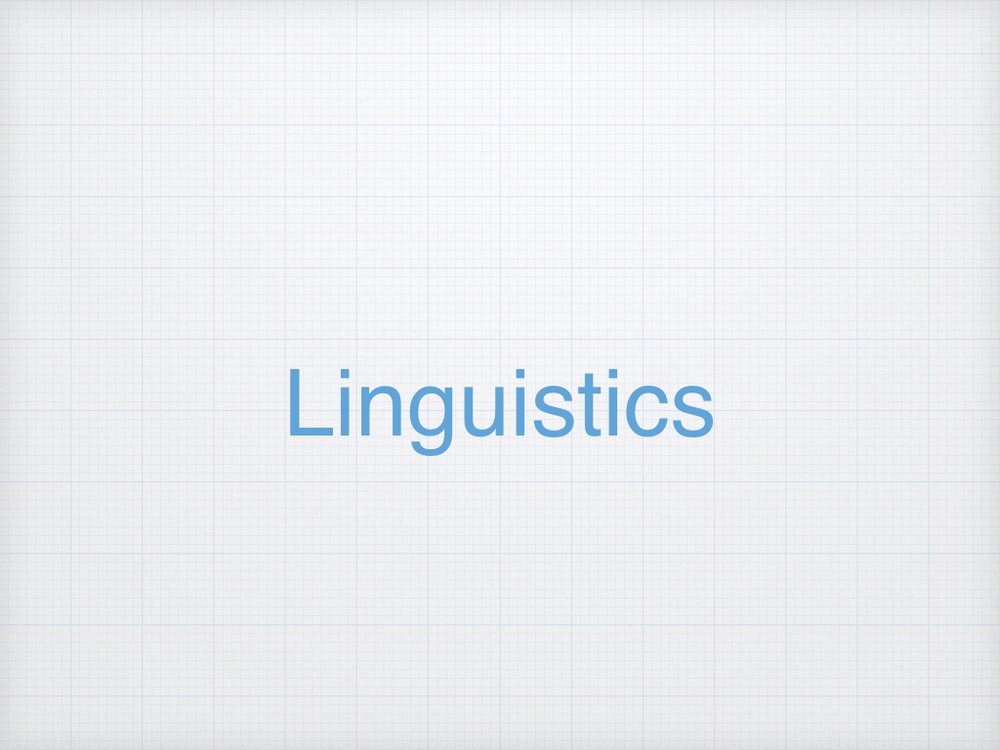ミニマリストプログラムにおける言語
ミニマリストプログラムでは言語システムを総体的に可能な限りミニマルにしていく. 今回はその方針の始まりとも言える, Chomsky (1994)を見てみよう. 具体的にはMinimalist Programと題した章の冒頭である.
A more specific assumption is that there are just two such interacting systems: an articulatory-perceptual system A-P and a conceptual-intentional system C-I. The particular language L is an instantiation of the language faculty with options specified. L must therefore provide ‘instructions’ to be interpreted at these two interface levels. L is then to be understood as a generative system that constructs pairs
that are interpreted at the A-P and C-I interfaces, respectively.
is a PF representation and
an LF representation, each consisting of legitimate entities’ that can receive some interpretation at the relevant level (perhaps interpretation as gibberish). A linguistic expression of L is at least a pair
of this sort and under minimalist assumptions, at most such a pair, meaning that there are no ‘levels of linguistic structure’ apart from the two interface levels PF and LF; specifically, no levels of D-structure or S-structure.
(Chomsky 1994, p2)
これを見てみると分かるが, GB理論あたりまでで想定していた言語モデルからの脱却が明確に見て取れる. 言語は音声形式と意味形式ののペアとして捉えられる. それまでのD-structure or S-structureも取り除かれ, PFとLF以外のレベルは無くなった.
これこそミニマルな方針の始まりと言えるだろう.
参考文献
- Chomsky, N. (1994). Bare phrase structure. Cambridge, MA: MIT Press.

